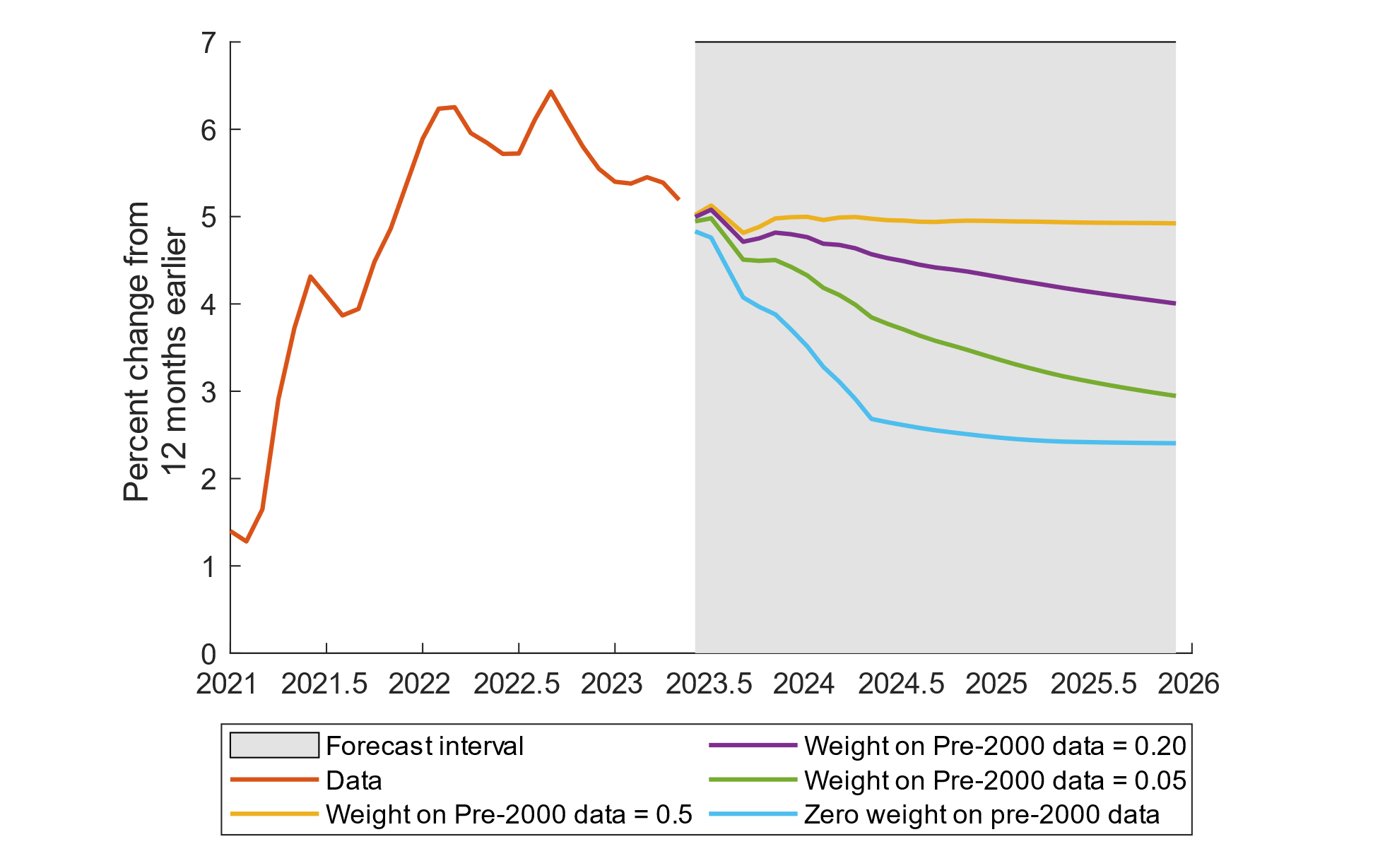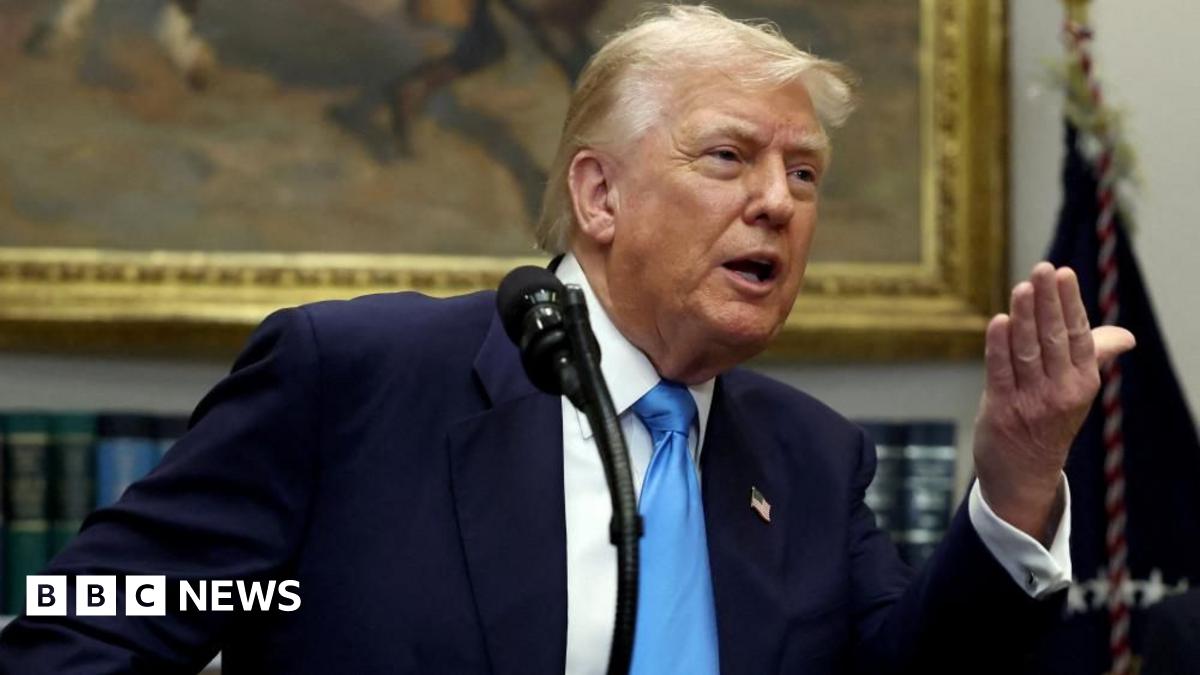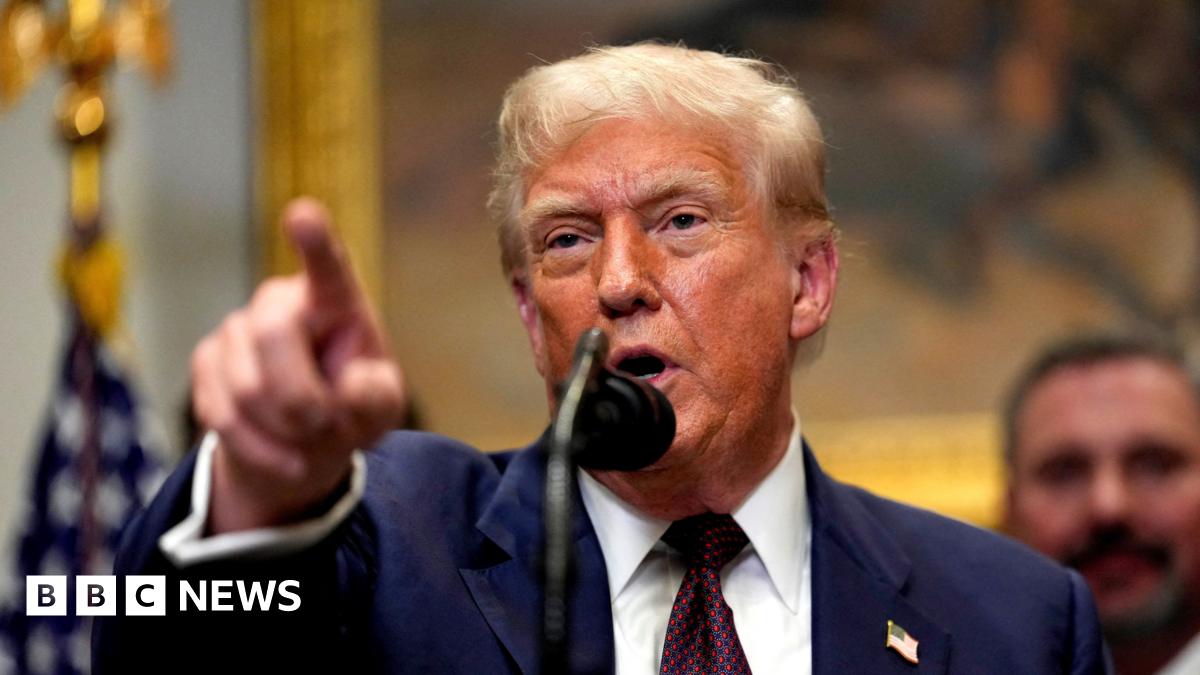What Happened
Recent reports indicate a notable shift in the economic landscape, particularly concerning inflation and trade policies. The consumer price index (CPI) for May 2025 showed a year-over-year increase of 2.4%, which was lower than economists had anticipated. This decline in inflation has led to some optimism among consumers and businesses, suggesting a potential easing of price pressures. However, experts caution that the effects of ongoing tariffs, particularly those imposed by the Trump administration, may not yet be fully reflected in economic data.
In the context of these developments, the World Bank has revised its global growth forecast downward, attributing this change to trade tensions and the uncertainty surrounding tariffs. The interplay between inflation rates and trade policies remains a critical focus for economists and policymakers, as they assess the potential long-term impacts on both domestic and global markets.
Key Details
-
Consumer Price Index (CPI): The CPI rose by 2.4% year-over-year in May 2025, which is a slower rate than expected. This figure is significant as it indicates a potential easing of inflationary pressures that have been persistent in recent years.
-
Tariffs and Trade Policies: The Trump administration’s tariffs, particularly on imports from China, are expected to have delayed effects on pricing. Analysts warn that while current inflation figures may appear favorable, the full impact of these tariffs may take time to manifest in the data.
-
World Bank Forecast: The World Bank has downgraded its global growth forecast, citing ongoing trade disputes and economic uncertainty as contributing factors. This revision highlights concerns about the broader implications of U.S. trade policies on international economic stability.
-
Market Reactions: Following the CPI report, U.S. stock futures experienced a decline, reflecting investor concerns about the potential for interest rate adjustments and the broader economic outlook.
Multiple Perspectives
The interpretation of the recent inflation data and its implications varies among experts:
-
Optimistic View: Some analysts view the slower inflation rate as a positive sign, suggesting that consumer spending may stabilize and that the economy could avoid a recession. Bill Adams, Chief Economist for Comerica Bank, noted that businesses may have temporarily absorbed higher input costs to attract customers, indicating a potential for recovery.
-
Cautious Perspective: Conversely, other economists express concern that the underlying issues related to tariffs and trade tensions could negate any positive effects from the CPI report. They argue that while current inflation figures are encouraging, the long-term economic outlook remains uncertain, particularly if tariffs continue to pressure input costs for businesses.
-
Political Implications: The political ramifications of these economic indicators are also significant. Vice President JD Vance criticized the Federal Reserve for not implementing interest rate cuts, framing the current economic situation as a failure of monetary policy. This criticism reflects broader political tensions regarding economic management and trade policy.
Context & Background
The Producer Price Index (PPI) and Consumer Price Index (CPI) are critical indicators of economic health. The PPI measures the average change over time in the selling prices received by domestic producers for their output, while the CPI reflects the average change over time in the prices paid by consumers for goods and services. Both indices are essential for understanding inflation trends and guiding monetary policy.
The U.S. has been navigating a complex economic environment characterized by fluctuating inflation rates, trade disputes, and shifting consumer behavior. The tariffs imposed during the Trump administration were intended to protect American industries but have also led to increased costs for consumers and businesses. As the global economy continues to evolve, the interplay between domestic policies and international trade dynamics remains a focal point for economists and policymakers.
What We Don’t Know Yet
Several uncertainties persist regarding the future trajectory of inflation and the impact of tariffs:
-
Long-Term Effects of Tariffs: It remains unclear how long the delayed effects of tariffs will take to fully materialize in economic data. Analysts are divided on whether the current inflation trends will hold or if they will shift as tariffs continue to influence production costs.
-
Federal Reserve’s Response: The Federal Reserve’s future actions regarding interest rates are uncertain. The central bank’s decisions will depend on ongoing economic assessments, including inflation trends and employment data.
-
Global Economic Conditions: The World Bank’s revised growth forecast raises questions about the broader implications for global economic stability. How other countries respond to U.S. trade policies and whether they will implement retaliatory measures is still unclear.
-
Consumer Behavior: The extent to which consumers will continue to spend in light of rising prices and economic uncertainty is another unknown factor. Changes in consumer sentiment could significantly impact economic recovery efforts.
In summary, while recent inflation data may suggest a temporary reprieve from price pressures, the broader economic landscape remains fraught with uncertainty. The ongoing effects of tariffs, potential shifts in Federal Reserve policy, and global economic conditions will play crucial roles in shaping the future of the U.S. economy.





